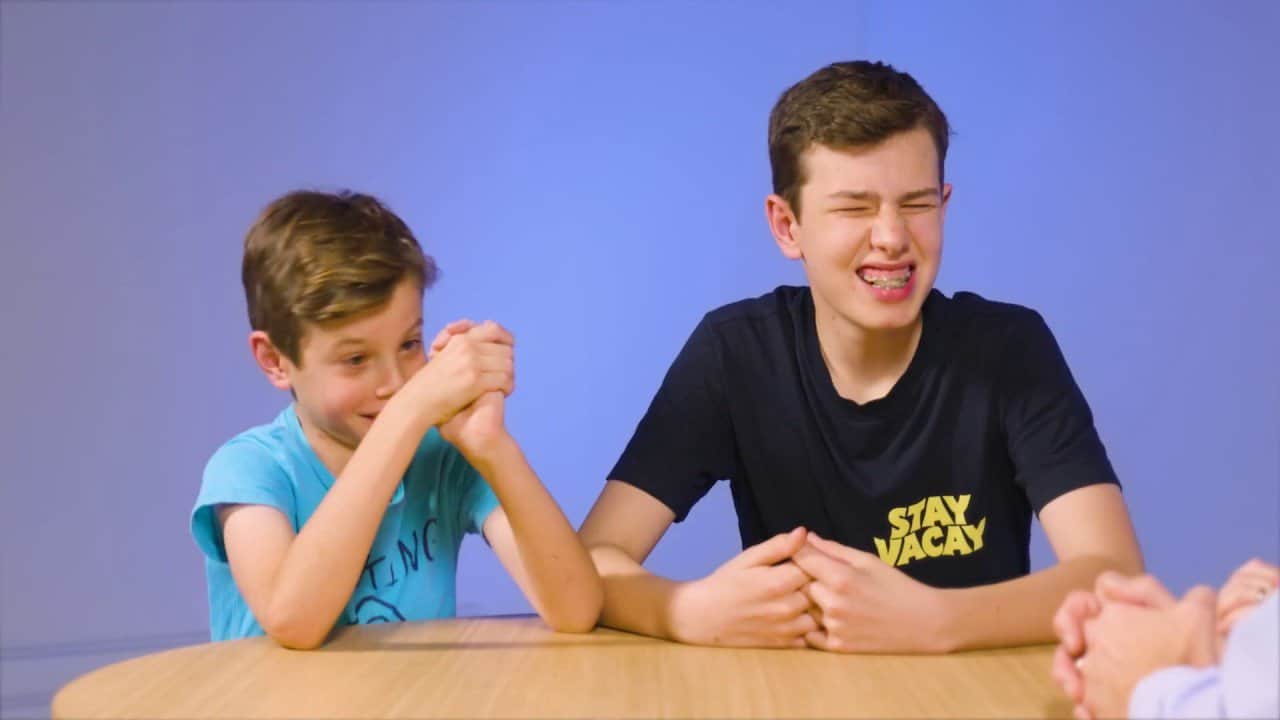Embarking on the Birds and the Bees Journey: A Parent’s Friendly Guide
Hey there, lovely parents! 😊 Are you wondering how to approach that all-important conversation with your little ones about the birds and the bees? Worry not, because you are not alone in this journey! In this delightful guide, we’ll take you by the hand and lead you through the enchanting forest of talking to your kids about the wonders of life, love, and the natural processes that make us who we are. So, let’s spread our wings and dive into this necessary yet beautiful experience together!
The Importance of the Talk
First things first, understanding the significance of the birds and the bees talk is crucial. This isn’t just about the mechanics of reproduction; it’s about laying a foundation of trust, open communication, and knowledge between you and your child. It’s about nurturing a healthy attitude towards their body and relationships. By starting this conversation early and continuing it as they grow, you’re ensuring that your child will always feel comfortable coming to you with questions, no matter how big or small.
When to Have the Talk
Timing is everything, and while there is no strict age, it’s usually best to start the conversation when your child shows some curiosity about where babies come from or notices differences between bodies. For most children, this is between ages 3 and 7. But remember, this isn’t a one-time event; it’s a series of discussions that evolve as your child matures. Stay alert to teachable moments and gently expand the conversation as they grow.
Preparing for the Conversation
It’s perfectly normal to feel a bit jittery before discussing the birds and the bees with your kiddos. But with a bit of preparation, you’ll feel like a confident captain, ready to steer the ship! Before you speak to your child, have a clear plan on what topics you’ll discuss and how you’ll answer potential questions. Equip yourself with age-appropriate resources and books that you can explore together. Knowledge is power, and that applies to you as much as to your little learner.
Keep It Age-Appropriate
The beauty of the birds and the bees talk is that it can be tailored to fit your child’s developmental stage. For younger children, focus on accurate names for body parts and where babies come from in simple terms. As they get older, introduce concepts of puberty, consent, and safe practices. Always be straightforward with the information, but also gentle, using metaphors and language they can understand and relate to.
Remember, the goal is to feel like you’re on a magical journey of discovery, not a nerve-racking quest. Your child’s natural inquisitiveness will see to that! The questions they pose will guide you through the dialogue. Listen to their curiosities, provide honest answers, and back them up with educational materials when you can. It’s a special bonding experience that will bring you closer than ever and sow the seeds for your child’s wise and wonderful future.
Using the Natural World as Your Classroom
One of the joys of the birds and the bees conversation is the world around you! The natural world is teeming with examples that can help illustrate your points. The life cycle of plants, the nurturing ways of animals — nature itself can be an incredibly effective teacher. Take a walk in the park, observe animals, and discuss how they care for their young. This natural approach can help demystify many concepts and make the learning process more enjoyable for you both. Plus, it’s a lovely way to plug into the great outdoors!
Alright, awesome parents, you’re all set to start this conversation with confidence and joy. Keep smiling, be patient, and remember that this is not just a talk but a wonderful chapter in your family’s story. Stay tuned for more incredible insights and strategies on navigating the birds and the bees talk as part of our comprehensive guide coming right up!

5 Essential Things Parents Should Know Before the Birds and the Bees Talk
1. Start the Conversation Sooner Rather Than Later
One common misstep parents can make is waiting too long to initiate the birds and the bees talk, perhaps out of discomfort or the belief that their child is too young to understand. However, it’s beneficial to introduce the topic early in an age-appropriate manner. A child’s curiosity can begin at a tender age, and satisfying this curiosity with factual, age-suitable information sets the groundwork for open, honest discussions in the future. Seize those early moments when they come to you with questions, and let them know their inquisitiveness is wonderful and welcome.
2. Educate Yourself and Be the Source of Information
Your child will likely encounter bits and pieces of information from various sources like friends, media, or the internet, which may not always be accurate. It’s important for you, as a parent, to be well-informed and ready to correct misconceptions. Become the trusted source by brushing up on the facts about human development, reproduction, and sexuality. This assures your child gets the right information and underscores the importance of coming to you when they’re curious or confused about something they’ve heard.
3. Embrace the Awkwardness
Feeling a little awkward? That’s okay! Embrace the awkwardness, and don’t fear showing a bit of vulnerability. Your child will pick up on your authenticity, which can help them feel more at ease. It’s perfectly fine to let your child know that this can be an awkward topic, but it’s an important one. By doing so, you model that it’s okay to discuss sensitive topics openly, without shame or embarrassment.
4. Use Correct Terms and Language
While it’s tempting to use euphemisms or pet names for body parts and processes to make the conversation feel less serious, it’s vital to use the correct terminology. This not only promotes body positivity and self-confidence but also ensures your child can communicate clearly and accurately about their body, particularly in medical situations or when discussing consent.
5. Prepare to Listen and Be Patient
Be ready to listen as much as you speak, if not more. Children’s questions can give great insight into what they’re ready to understand, and their concerns can guide the depth of your conversation. Be patient and give them time to digest information, asking follow-up questions to gauge their understanding. Discussions about the birds and the bees should be treated as an ongoing dialogue, not a one-time lecture. Remember, this is about building a rapport that encourages them to approach you throughout their lives with trust and openness.
As we delight in preparing you for the birds and the bees talk, keep these five insights close to your heart, and enlist them as your secret arsenal of confidence and wisdom. This discussion is a major milestone in your parenting adventure, and how you handle it can significantly impact your child’s perception and understanding of human relationships and sexuality. With empathy, clear information, and ongoing dialogue, you’ll help your child navigate through life’s complexities with knowledge, respect, and care.
And don’t fret, magnificent mamas and papas! Even if you stumble over your words or encounter tough questions, your efforts are creating a trustworthy space where your child can learn and grow. Be proud of taking this significant step. As your guide in this adventure, we’ll discover together the best ways to tailor the conversation to your child’s needs, ensuring the birds and the bees talk enriches the family bond and supports your child’s development into a well-informed individual. Keep soaring!
See more great Things to Do with Kids in New Zealand here. For more information see here
Disclaimer
The articles available via our website provide general information only and we strongly urge readers to exercise caution and conduct their own thorough research and fact-checking. The information presented should not be taken as absolute truth, and, to the maximum extent permitted by law, we will not be held liable for any inaccuracies or errors in the content. It is essential for individuals to independently verify and validate the information before making any decisions or taking any actions based on the articles.




